Subflooring is a key structural component. This video shows how to install it efficiently and accurately so that you have a flat and squeak-free base for the finish floors to come.
Up Next
Video Shorts
Featured Story

Engineered materials and vacuum-press laminations prevent warping and keep a tall, flush-panel door from being excessively heavy.
Featured Video
How to Install Cable Rail Around Wood-Post CornersDiscussion Forum
Highlights
Video
View All Videos- FHB Podcast Segment: Sealing a Floor Cavity in a Slab-on-Grade House
- Podcast 606: Foam Slabs, Gaps in Click Flooring, and Board and Batten Rainscreens
- Podcast 587: Members-only Aftershow—Basement Flooring
- Podcast 543: Affordable Flooring, Replacing Replacement Windows, and Low-Flow Fans
Fine Homebuilding Magazine
- Home Group
- Antique Trader
- Arts & Crafts Homes
- Bank Note Reporter
- Cabin Life
- Cuisine at Home
- Fine Gardening
- Fine Woodworking
- Green Building Advisor
- Garden Gate
- Horticulture
- Keep Craft Alive
- Log Home Living
- Military Trader/Vehicles
- Numismatic News
- Numismaster
- Old Cars Weekly
- Old House Journal
- Period Homes
- Popular Woodworking
- Script
- ShopNotes
- Sports Collectors Digest
- Threads
- Timber Home Living
- Traditional Building
- Woodsmith
- World Coin News
- Writer's Digest
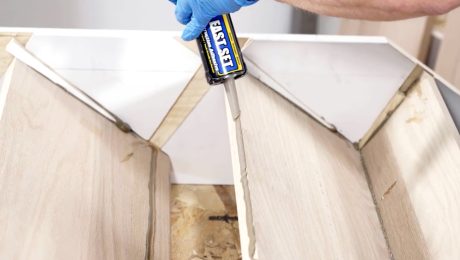
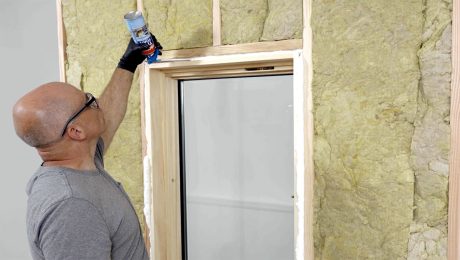
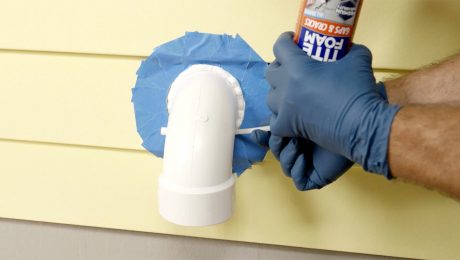
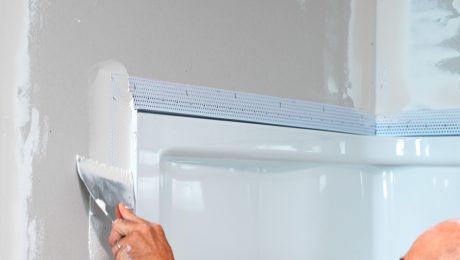


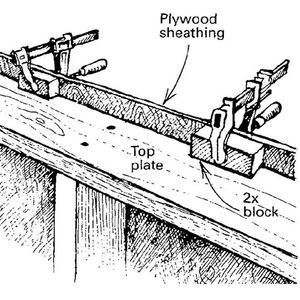
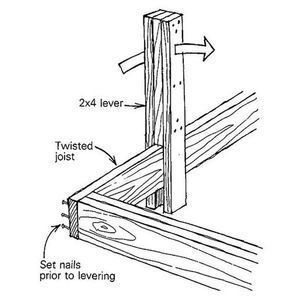







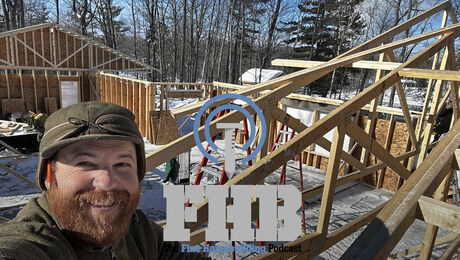
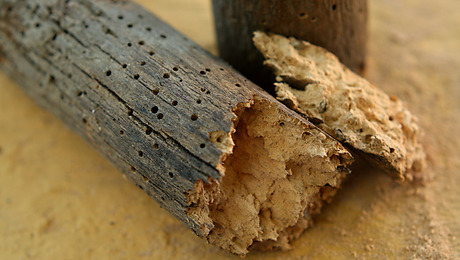
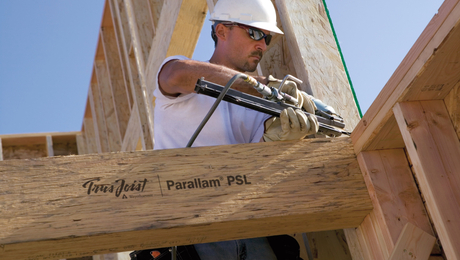











View Comments
Should also be talking about fall protection while installing subfloor.
I've always faced the groove towards the leading edge so that beating sheets together doesn't damage the more vulnerable tongue. In this video the installers faced the tongue forward. Which way do subfloor manufacturers recommend - groove or tongue facing the leading edge?
Also we normally hand nail the end joints. You get a better feel for correct nailing vs the nail gun.
always hit the groove side in order not to damage the vulnerable tongue
we never glue the decking. Adhesive works fine if the joist and decking is absolutely dustfree (not likely on a construction site). If dust, sawdust or dirt is between the joist and the decking the adhesive looses most of its strength. Instead we screw the decking - 6" field, 4" oc on edges. In 35 years never had a squeaking floor or a callback
I had an issue with bouncing floors and searched forever. I did find this company called structure Lock that uses metal Ijoists.
Try them out structure lock.com
There is also another product out from Kenkeknem Smart Build used to control vibration and deflection before you install the sheathing. Works amazingly well. https://youtu.be/7fiL4r-uSrE
I can appreciate that gluing the subfloor would create a more solid structure, but that subfloor is never going to come up if it ever needs to be removed.--renos, water damage/mold or some other unforeseen reason.--and OSB is notorious for needing replacement after water damage, which is a huge insurance claim category. (Yes, I have pulled up part of a subfloor to provide reinforcement beneath built-in bookcases. Part of the renos before the hardwood floor went down.)